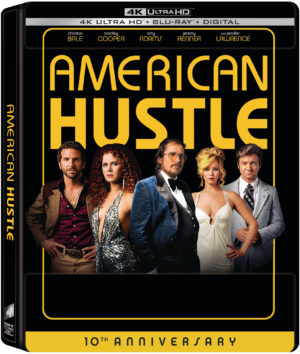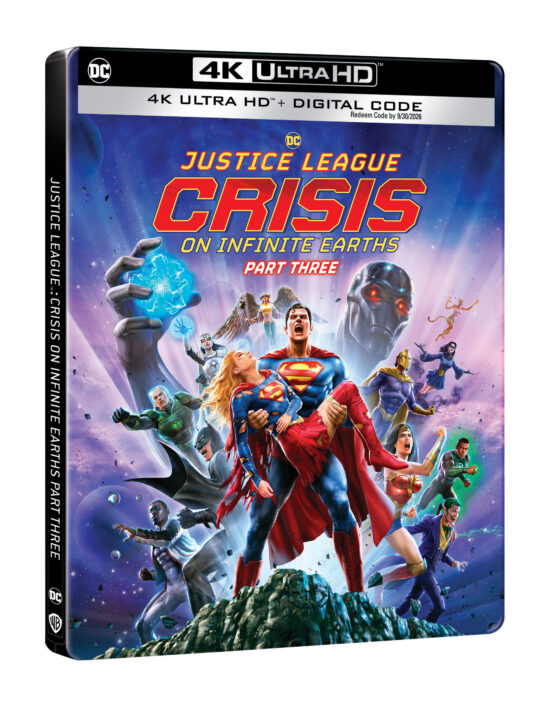REVIEW: Welcome Back, Kotter: The Complete Series

As an avid child of television, Friday nights were something to look forward to as ABC had the coolest shows from 8-11 p.m. Nestled between The Patridge Family and The Odd Couple was Room 222, more a dramedy than a straightforward sitcom. As school let out in January 1974, the network clearly wasn’t done with classes as just over a year later, they debuted a true sitcom: Welcome Back, Kotter.
The series ran until May 1979, and its superb casting catapulted John Travolta to superstardom. Born from standup comic Gabe Kapler’s routines about his Brooklyn high school experiences, the premise saw Gabe Kotter return to his alma mater, James Buchanan High, this time as a teacher. He was assigned the lowest performing students, dubbed the Sweathogs, of which he was once one.
Filmed before an audience on videotape, it closely resembled the other popular half-hour shows of the era. What set it apart was the cast and humor, which were less topical than Norman Lear’s CBS offerings but sharper than the lowest common denominator sitcoms. The series has lingered in memory, given the cast and humor, which are still found on cable. Warner Home Entertainment has periodically released single-season sets and the complete series. Welcome Back, Kotter: The Complete Series is now available on traditional DVD for a brand new generation.
From John Sebastian’s memorable title track to Kotter’s homelife, the sitcom didn’t confine itself to the traditional school setting. Most episodes opened and closed with Kotter and his wife Julie (Marcia Strassman), and fairly quickly, she found herself at the school or the Sweathogs in their apartment.
The regulars were distinct and multicultural, from handsome dimbulb Vinnie Barbarino (Travolta) to Black athlete Freddie “Boom Boom” Washington (Lawrence Hilton-Jacobs), to Epstein (Robert Hegyes), a Puerto-Rican, whose forged notes from “Epstein’s Mother” were always good for a laugh to Arnold Horshack (Ron Palillo), who was just the odd man out in most things. Their catchphrases— “Up your nose with a rubber hose!” for example—were less than creative, but the ensemble played well with one another. Kapler’s Groucho Marx impressions were timely given the 70’s revived interest in the Marx Brothers and gave the parents something to laugh with.
The simple dilemmas of the day rarely involved academics and were filled with life lessons and laughs. The show’s first two seasons are the strongest, and now that I am a high school teacher and have my own cadre of Sweathogs to deal with, I nod a lot in appreciation for Kotter’s issues. The full scope of a teacher’s responsibilities could have been better mined, but at least the series treated the profession with respect.
You can watch and laugh at most of the episodes today, even if excusing some of the prevalent casual sexism at the time. To freshen the series, rather than give Julie something interesting to do, she was saddled with raising twins. In the final season, they finally caught up with the Women’s Lib movement and had her become a school secretary and occasional fill-in teacher. It was long before a female Sweathog, Angie (Melonie Haller), was added, and it was just her. The assistant principal, Michael Woodman (John Sylvester White), was perhaps the show’s most stereotypical character.
As the series progressed, Travolta became a bigger and bigger celebrity, so he wound up making just ten guest appearances in the final season. Kapler himself was periodically absent when he and actor-turned-producer James Komack feuded. The other issue is that the cast aged out of passing for high school students (an issue that plagued series such as Smallville and Glee).
The collection is presented in 1.33:1 4×3 transfers, possibly the best that can be done with video series. It’s fine as a time capsule. The Dolby Digital and English 2.0 mono soundtracks are upgrades from previous editions.
Whereas previous editions had some interesting extras like screen tests, this version has zero special features which is a shame.




















